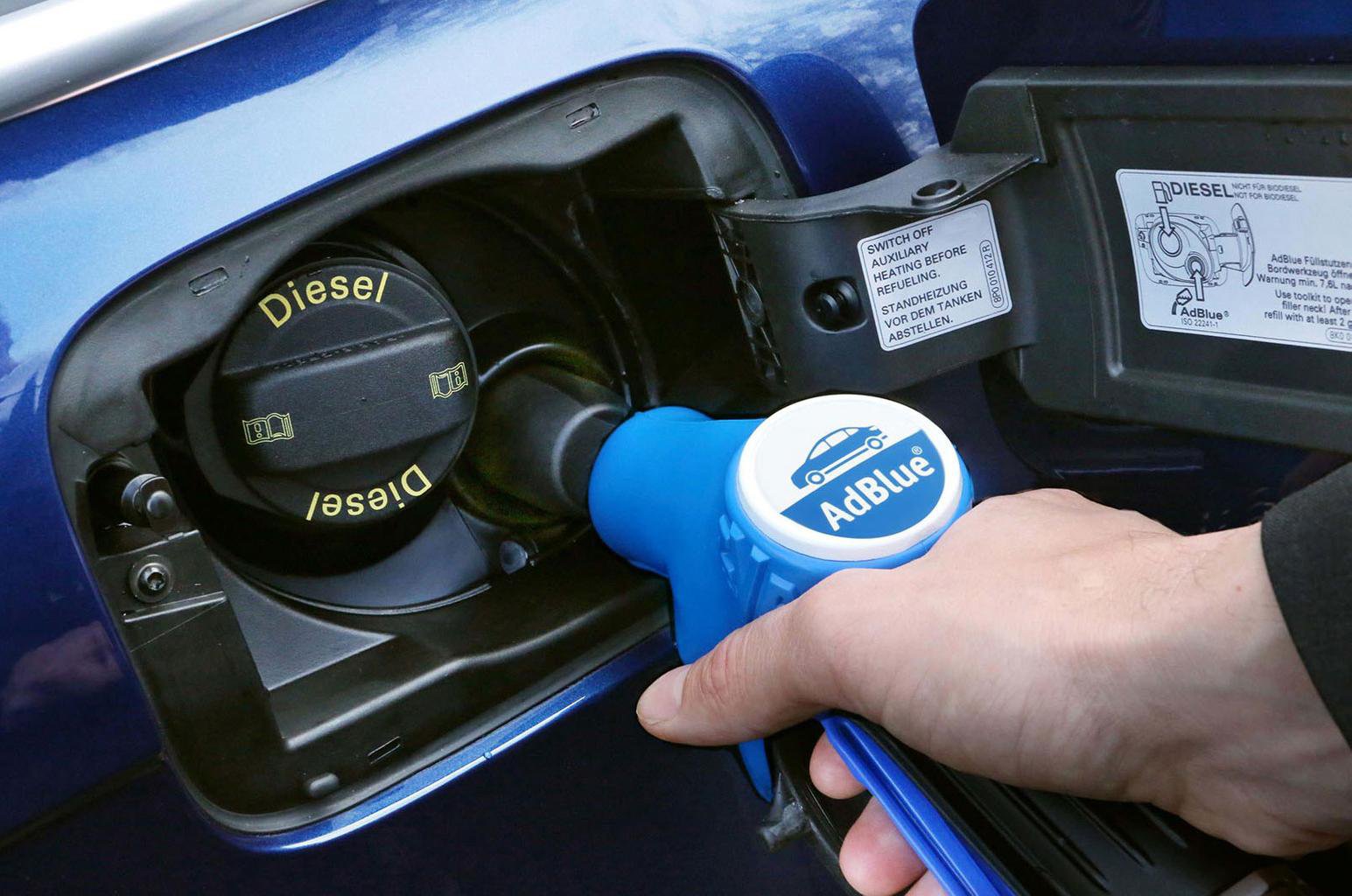Temperature-controlled transports are very important in the logistics sector, in Italy there are laws that indicate the specific requirements that vehicles used for this particular type of transport must have.
Temperature-controlled transportation involves maintaining a constant temperature inside the vehicle relative to that found outside.
Whether hot or cold, therefore, the temperature should not be affected. This type of transport is suitable for goods that need to maintain a certain temperature such as in transporting food.
How the temperature-controlled system works
The principle behind the operation of temperature-controlled transportation is based on the thermostat . A device that monitors the temperature and, as needed, initiates cooling or heating cycles to bring the temperature back to the desired value, through machinery built into the vehicle.
Before setting out on the road, it is necessary to set the desired temperature on the thermostat, then, it will automatically activate the system to bring it to the desired temperature and then keep it constant throughout the journey.
Temperature-controlled transportation is mainly used in the food industry because, foods such as frozen or deep-frozen foods must maintain specific and constant temperatures, which is only possible using refrigerated or heated transportation, as appropriate.
Another area in which controlled temperature in transportation plays a key role is in pharmaceuticals, where maintaining a constant temperature and storing it can affect the proper functioning of the product.
There is a circular of the Ministry of Health that regulates the transportation of drugs and imposes certain requirements for the preservation of temperature in transportation, and for providing evidence through the use of measuring systems.
The laws for temperature-controlled transportation
There are several laws regulating this particular type of transport, such as the international agreement called ATP (Accord Transport Perisseable), ratified by France, Yugoslavia, Germany, Spain and Switzerland in 1976. The agreement regulates the transportation of perishable goods by heated or refrigerated vehicles.
In 2003, an EU directive, also established penalties for those who do not perform temperature control according to the rules established by HACCP.
First directions for temperature-controlled transport
Temperature-controlledpacking varies according to the type of goods being transported. In general, packages should be resistant to handling, stacking and wet conditions.
If frozen products are involved, they should be placed in containers without slits. The transporter must check that the right packaging is in place and designed specifically for that particular type of load.
Food and drugs are generally transported in dedicated vehicles to prevent that external contamination or with other goods may occur.
The time of loading is also very important; the shipper must properly prepare the vehicle before placing the goods. The thermostat can reach the right temperature to store products, even in 90 minutes. It is therefore necessary to prepare everything in advance.
Means for temperature-controlled transportation
The shipper must have means to meet specific requirements. Transportation may be carried out in isothermal, refrigerated or heater vehicles, depending on the temperature to be maintained. In addition, they should have sticky initials indicating the type of ATP classification and their expiration date.
It is good to know that refrigeration or heating systems can also be retrofitted inside a vehicle by changing their classification and sticker abbreviation.
Personnel who can transport temperature-controlled goods must be qualified and specially trained. Must take periodic refresher courses on regulations and be familiar with all safety procedures.






